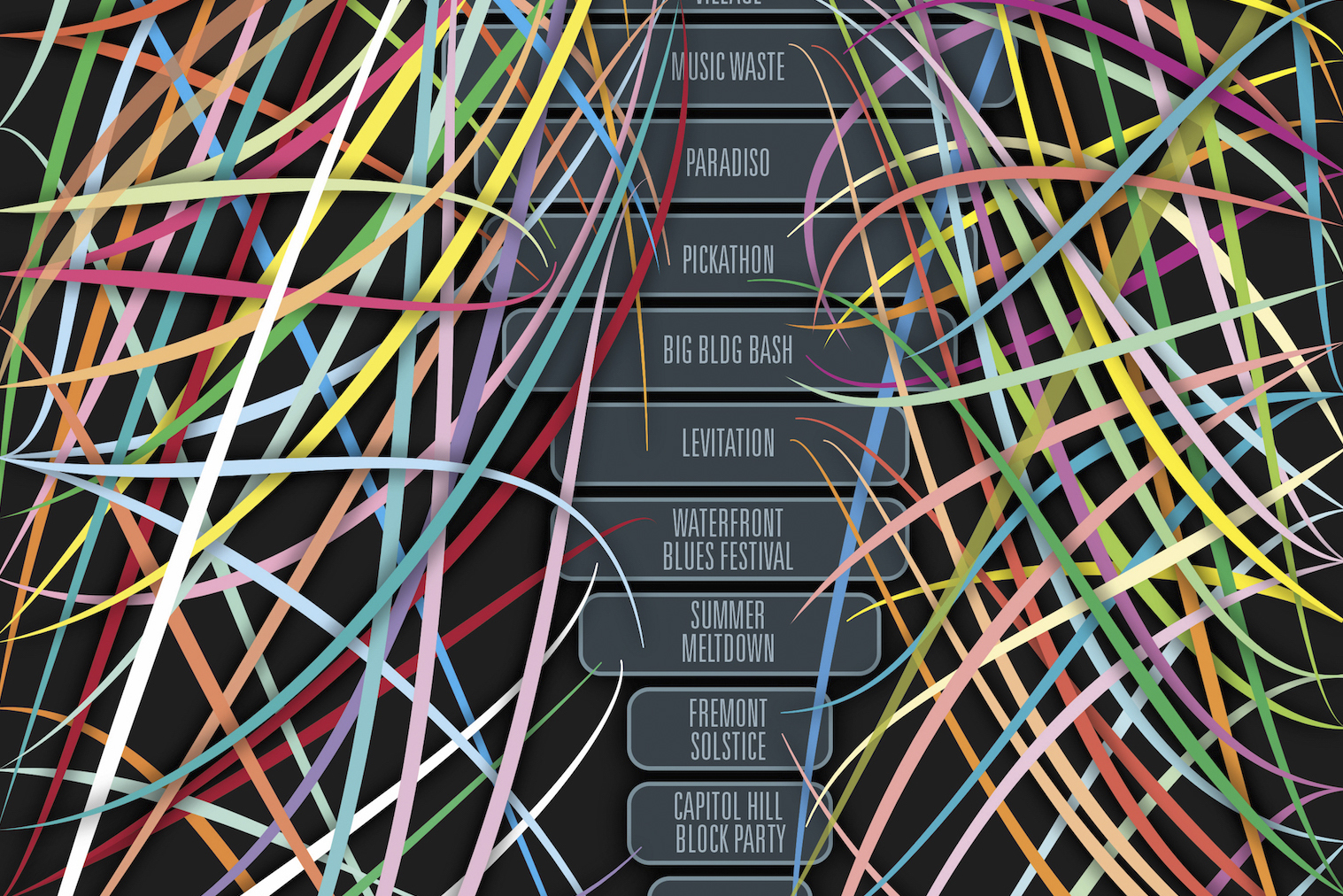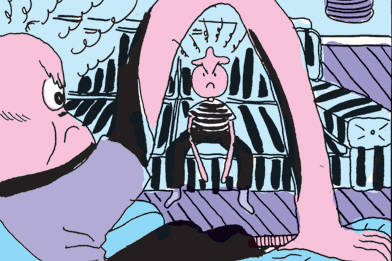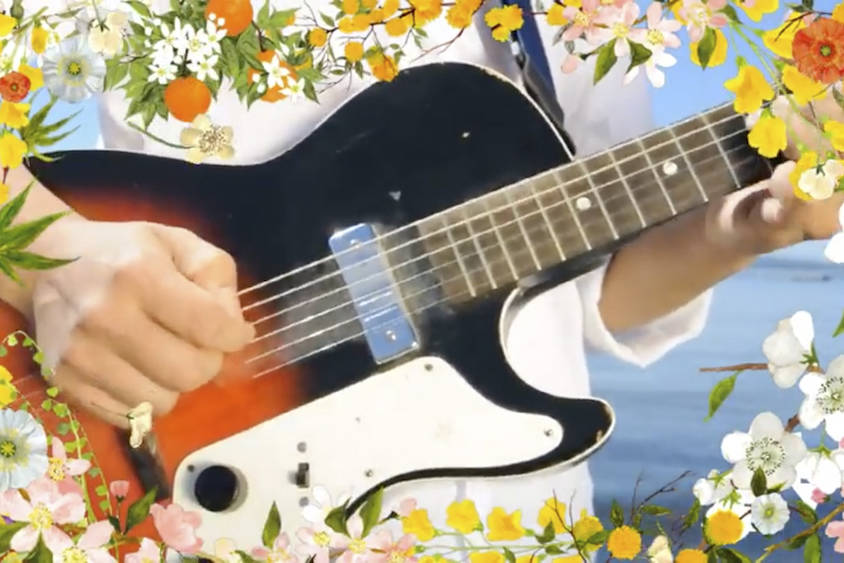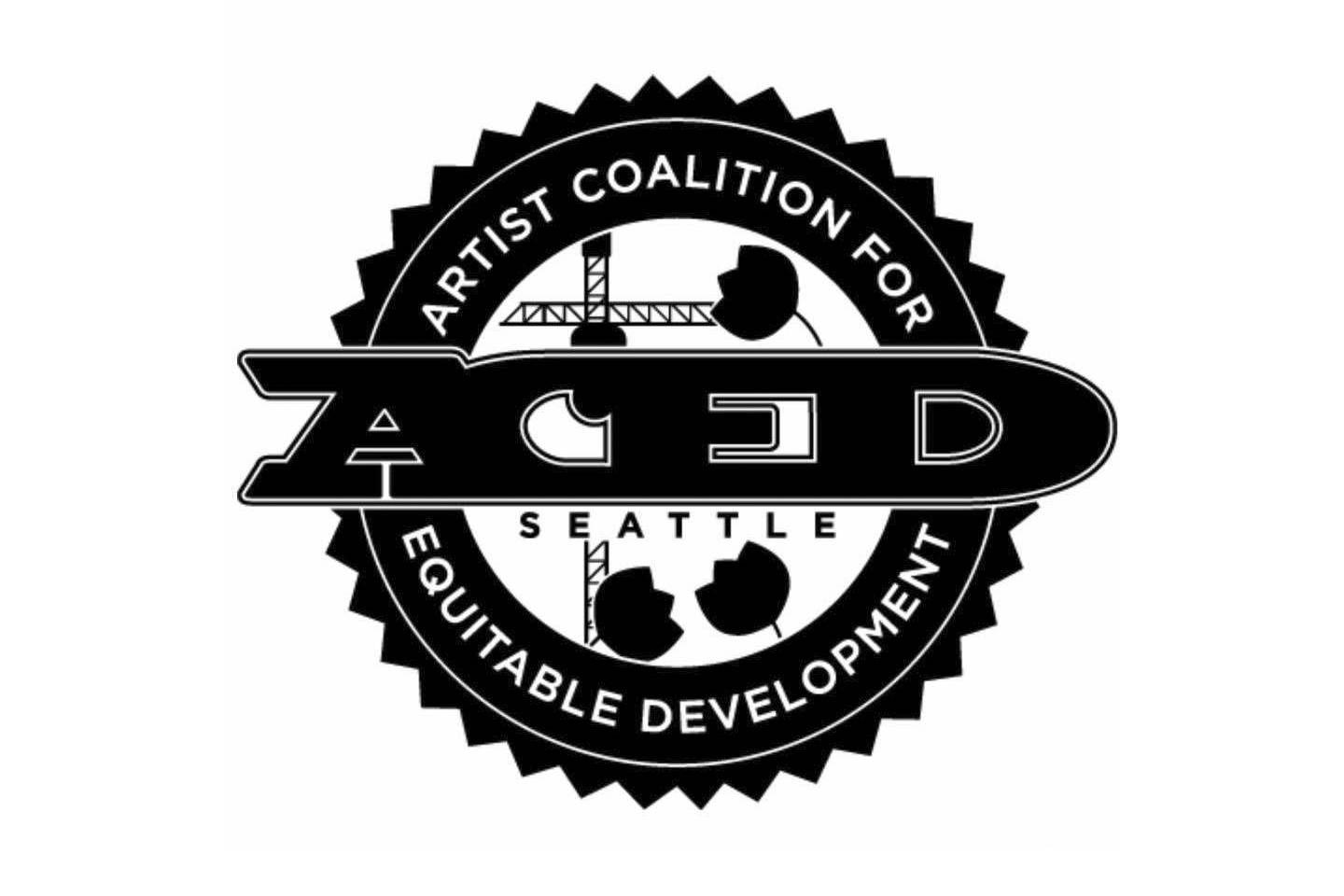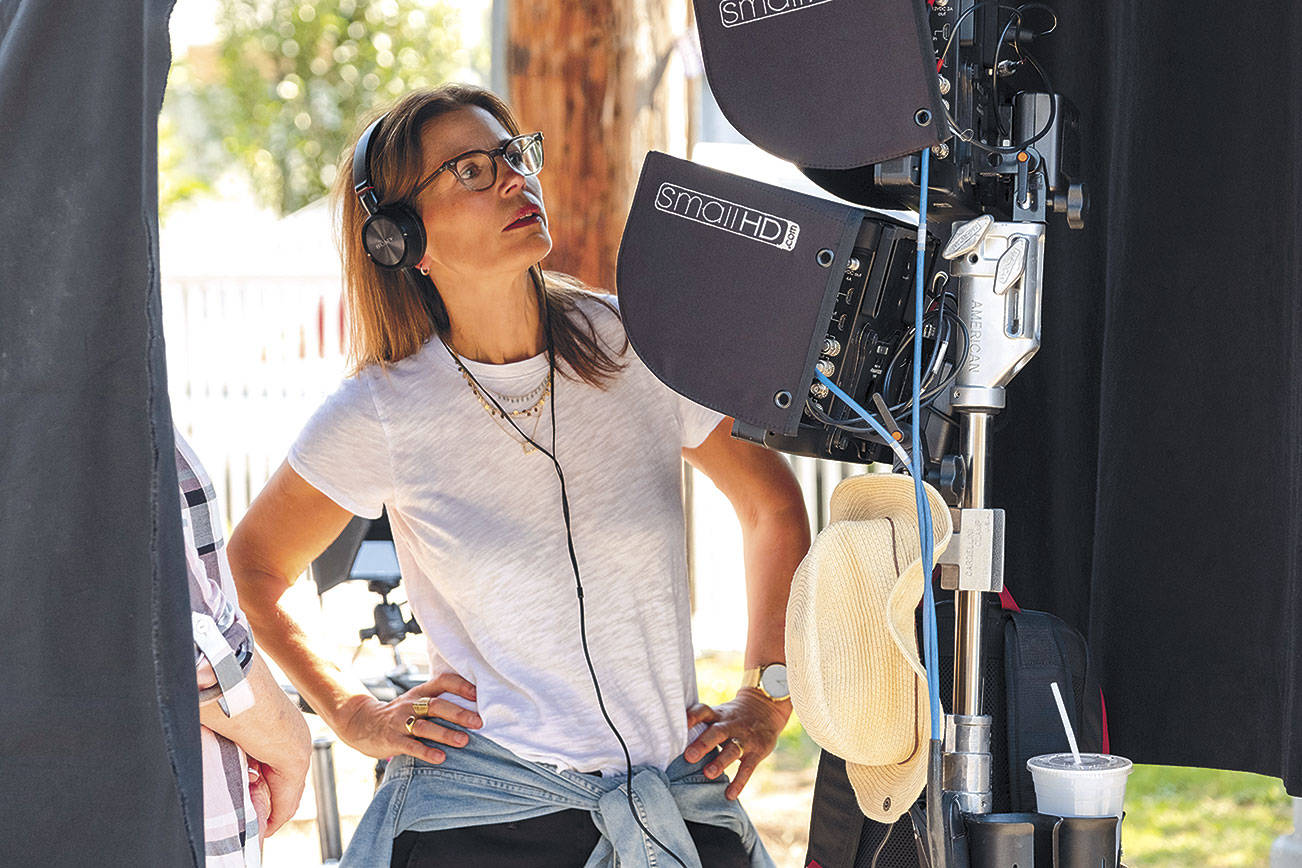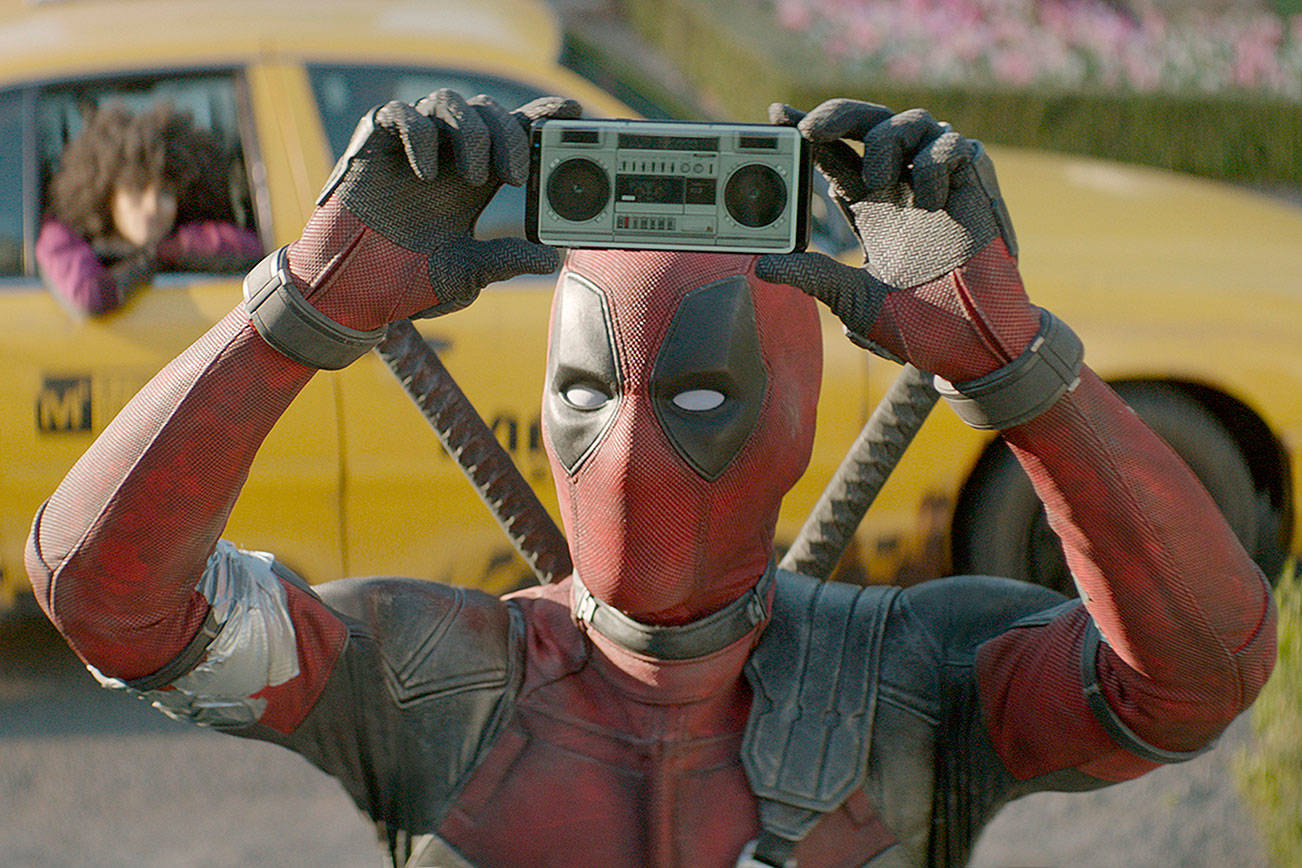Maybe it was last year, watching Chromeo perform in a field somewhere for the seventh time, when the thought first struck you: “Haven’t I been here before?” You wouldn’t be the only one. The utopian dream of the once-in-a-lifetime music-festival experience, launched by 400,000 naked hippies on acid at Woodstock ’69, has grown and grown into a giant, sweaty, molly-dusted bubble that many suspect is about to burst.
Although the conversation is global, there have also been plenty of local warning signs. In 2014, Sasquatch planned to expand to a second weekend, effectively doubling in size, before suddenly canceling the new venture entirely. Last year, Bumbershoot nearly didn’t happen—One Reel ran out of money, and likely would have punted the festival if AEG hadn’t swooped in and bought it up at the last minute. Out near Vancouver, B.C., the Squamish Valley Music Festival, which by all accounts had been very successful (driving $14.8 million to the Squamish economy and pulling big names like Drake and Arcade Fire), announced mysteriously in March that they would be canceling the festivities this year, dropping hints that the annual event may be done for good. The reasons given by the organizers were vague, but the mayor of Squamish, Patricia Heintzman, told the Vancouver Sun, “The crux of it was the mounting costs and mounting competition—all of the festivals are going through a bit of a challenge right now.”
A few weeks later, The New York Times made a bold declaration in an article entitled “Why We’re Not Making Plans for Coachella and Bonnaroo,” outlining their editorial decision to stop covering major festivals altogether. The reason? Beyond small regional variations, they’ve all become largely indistinguishable. “Want to see LCD Soundsystem? You can catch them at Coachella, Bonnaroo, Panorama, and Way Home. Major Lazer? Coachella, Sasquatch, Firefly, and Panorama. ASAP Rocky? Coachella, Firefly, and Panorama. Gary Clark Jr.? Coachella, New Orleans Jazzfest, Governor’s Ball, and Way Home.” Instead, the Times said, they would focus on covering smaller festivals with newsworthy, unique programming.
With new festivals sprouting like weeds each year, old festivals swelling to larger and larger sizes, and profit margins getting tighter and tighter due to increased competition, some degree of homogenization is inevitable. But has it really gotten as bad as the Times says? On a regional level, we decided to find out, analyzing the artist lineups from 21 festivals across Cascadia to quantify exactly how similar they’ve become, or, on the flip side, which festivals are truly offering a unique experience. We’ll let you draw your own conclusions.
